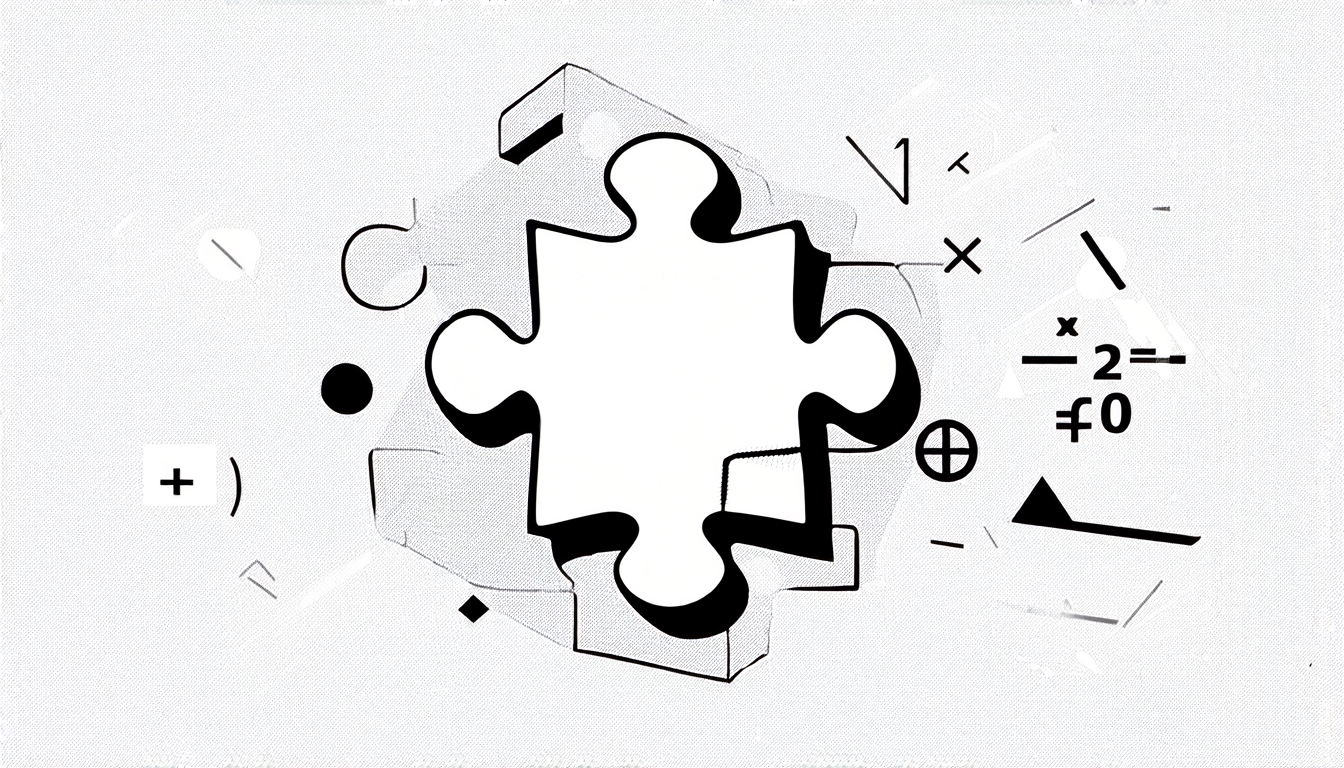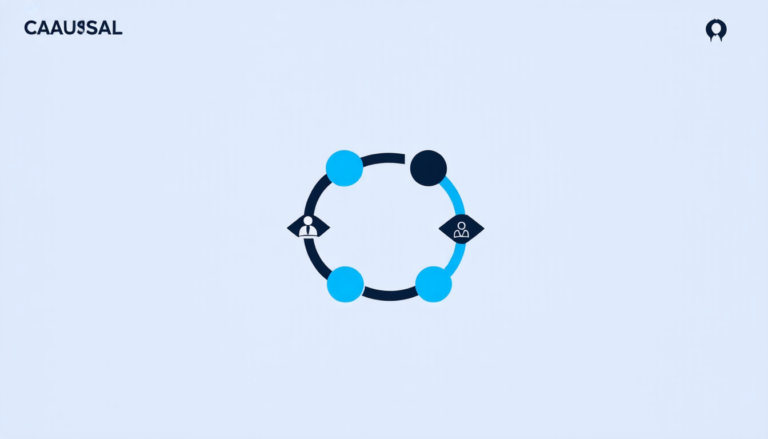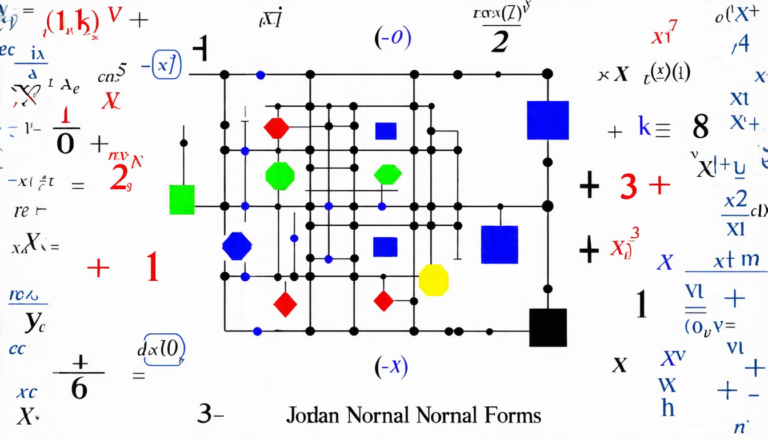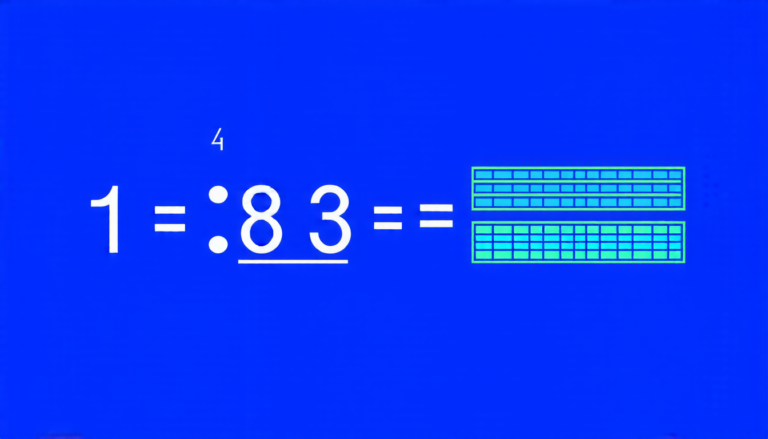Sunday 09 March 2025
For decades, mathematicians have been trying to crack a puzzle that has stumped even the brightest minds: the Casas-Alvero conjecture. This seemingly simple question – can a certain type of polynomial be factored in a specific way? – has proven to be an elusive one, with many attempts ending in failure.
But now, a team of researchers has finally cracked the code, providing a solution that is both elegant and unexpected. The breakthrough comes after years of work by mathematicians around the world, who have been trying to understand the properties of these special polynomials.
So what are these polynomials, and why do they pose such a challenge? The answer lies in their structure. These polynomials are univariate – that is, they depend on only one variable – and they have a specific type of symmetry, known as regularity. This regularity makes them particularly tricky to work with, as it creates an intricate web of relationships between different parts of the polynomial.
The Casas-Alvero conjecture states that these polynomials can be factored into simpler components in a way that is both unique and efficient. In other words, if you start with a complex polynomial and try to break it down into smaller pieces, there should only be one possible way to do so. This property has important implications for many areas of mathematics, from algebra to geometry.
Despite the efforts of many mathematicians, the conjecture remained unsolved until now. The key breakthrough came when researchers discovered a new way of looking at these polynomials, using a technique called Koszul homology. This approach allowed them to reduce the problem to a simpler one, which could then be solved using standard algebraic techniques.
The result is not only a solution to the Casas-Alvero conjecture, but also a deeper understanding of the properties of these special polynomials. The researchers’ work has far-reaching implications for many areas of mathematics, from number theory to algebraic geometry.
One of the most exciting aspects of this breakthrough is its potential impact on other areas of mathematics and science. For example, the techniques developed in this research could be used to study the properties of other types of polynomials, or even to understand the behavior of complex systems in physics and biology.
In the end, the solution to the Casas-Alvero conjecture is a testament to the power of human ingenuity and the importance of persistence in the face of seemingly insurmountable challenges.
Cite this article: “Cracking the Code: Solving the Casas-Alvero Conjecture”, The Science Archive, 2025.
Polynomials, Casas-Alvero Conjecture, Mathematics, Factoring, Symmetry, Regularity, Algebra, Geometry, Number Theory, Koszul Homology
Reference: Soham Ghosh, “Proof of the Casas-Alvero conjecture” (2025).







